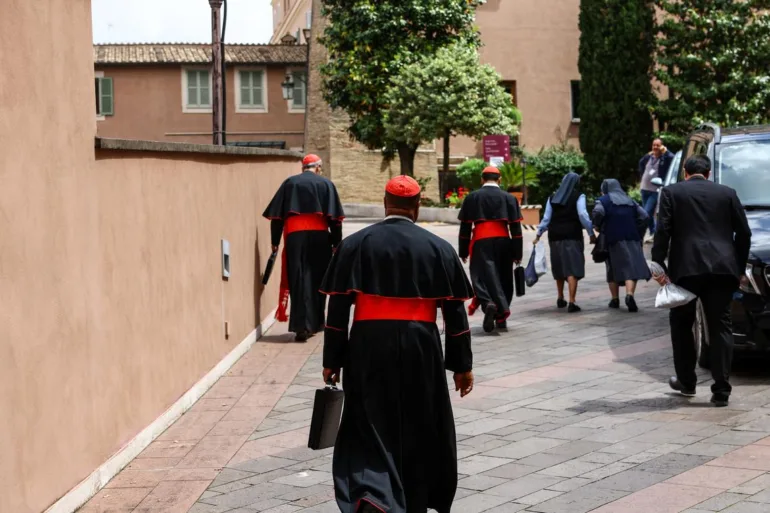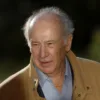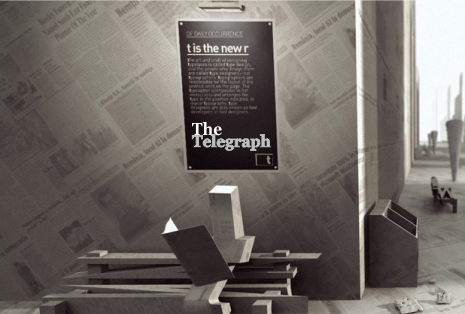The Vatican confirmed on Monday that all 133 Catholic cardinals eligible to elect the next pope have arrived in Rome, ahead of the conclave set to begin this week.
The cardinals—often referred to as the “Princes of the Church”—will enter into seclusion in the Sistine Chapel at 4:30 p.m. (1430 GMT) on Wednesday. There, they will begin the secretive voting process to select a new leader of the Roman Catholic Church, requiring a two-thirds majority for a successful election.
This conclave was convened following the death of Pope Francis on April 21, and brings together electors under the age of 80 from 70 countries across five continents. Two eligible cardinals are absent due to health issues.
Once inside the Sistine Chapel, the cardinals will vote once on the opening day and then four times daily until a new pontiff is chosen. During the conclave, they will reside at the nearby Casa Santa Marta guesthouse and will be cut off from all external communication.
As per centuries-old tradition, the outside world will be kept informed of voting progress via the color of smoke rising from the Sistine Chapel chimney: black indicates no decision, while white signals the successful election of a new pope.
On Monday morning, Vatican workers began preparations for the public announcement, installing the red curtains on the balcony of St. Peter’s Basilica, where the new pope will appear to greet the world.
Progressive or traditional? The path ahead
Much interest surrounds whether the next pontiff will continue the progressive path charted by Pope Francis or lead the Church back toward conservative traditions.
Francis, a reform-minded leader from Argentina, led the Church for 12 years and appointed approximately 80% of the current electors. However, observers warn that his influence does not guarantee a like-minded successor, and some anticipate a surprise outcome.
Vatican analyst Marco Politi told AFP the conclave could be “the most spectacular in 50 years” due to its unpredictability.
On Monday, cardinals gathered for another session of general congregations—preparatory meetings in which all cardinals, not just electors, discuss the key challenges facing the Church and the qualities needed in the next pope.
Voices from the square
In St. Peter’s Square, pilgrims and tourists voiced varied hopes for the future of the Church.
“Maybe someone more like Pope Francis than Pope Benedict,” said 36-year-old German visitor Aurelius Lie.
But not all shared that view. Canadian priest Justin Pulikunnel expressed concern about Francis’s tenure and called for a return to tradition.
“I hope and pray the new pope will be a unifying figure who can calm the waters after nearly 12 years of destabilisation and ambiguity,” he said.
Frontrunners and the unknown
While conclaves are notoriously secretive, several names have emerged as potential frontrunners. Among them are Italy’s Pietro Parolin, who served as Secretary of State under Francis; Pierbattista Pizzaballa, the Latin Patriarch of Jerusalem; Luis Antonio Tagle of the Philippines; and Hungarian conservative Peter Erdo.
Still, as with Francis’s own unexpected election in 2013—then Jorge Bergoglio of Argentina—many believe a surprise candidate could yet emerge.
Cardinal Louis Raphael Sako of Iraq, speaking before Monday’s meetings, expressed hope for a leader attuned to modern realities.
“We need a pastor, a father who can preserve the unity of the Church and the faith, but who also understands today’s challenges,” he said.
“The world is always changing. The pope must read the signs of the times and respond with wisdom, not remain cloistered in the palace.”
The conclave officially begins Wednesday afternoon. While recent history suggests a quick decision—both Pope Francis and Pope Benedict XVI were elected within two days—Church tradition allows for a longer process if needed.



